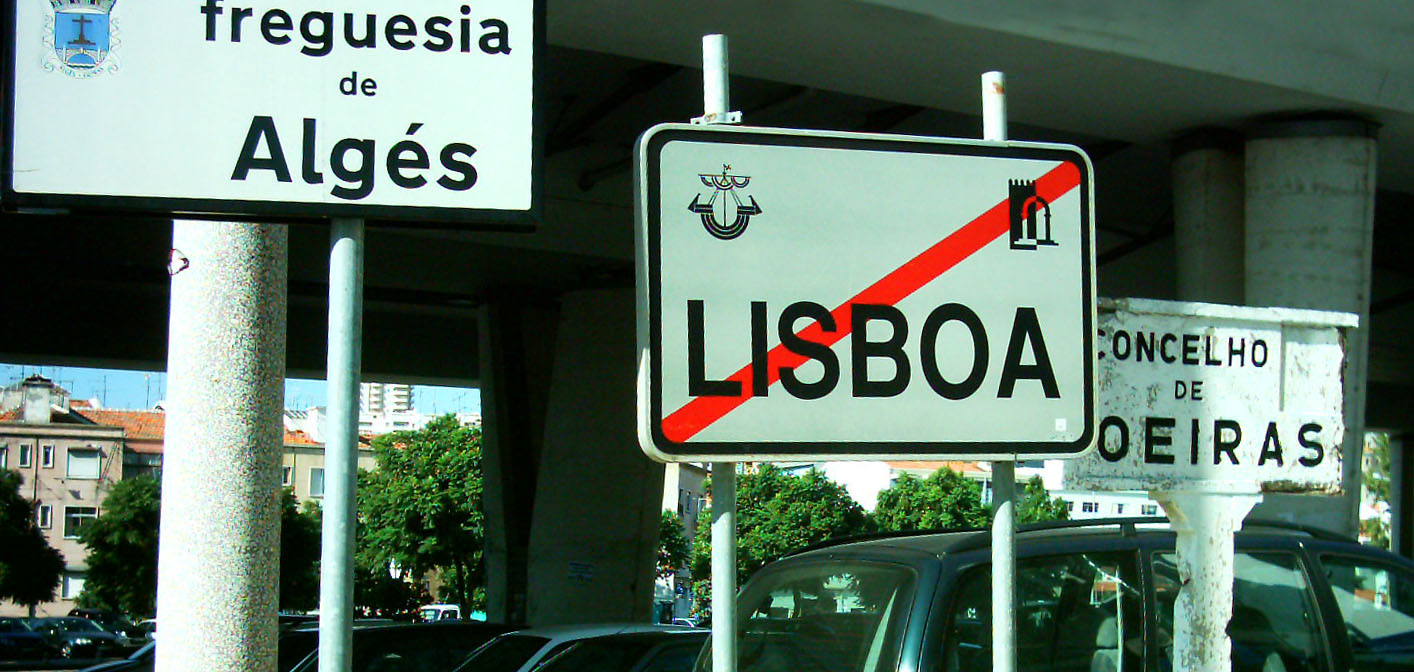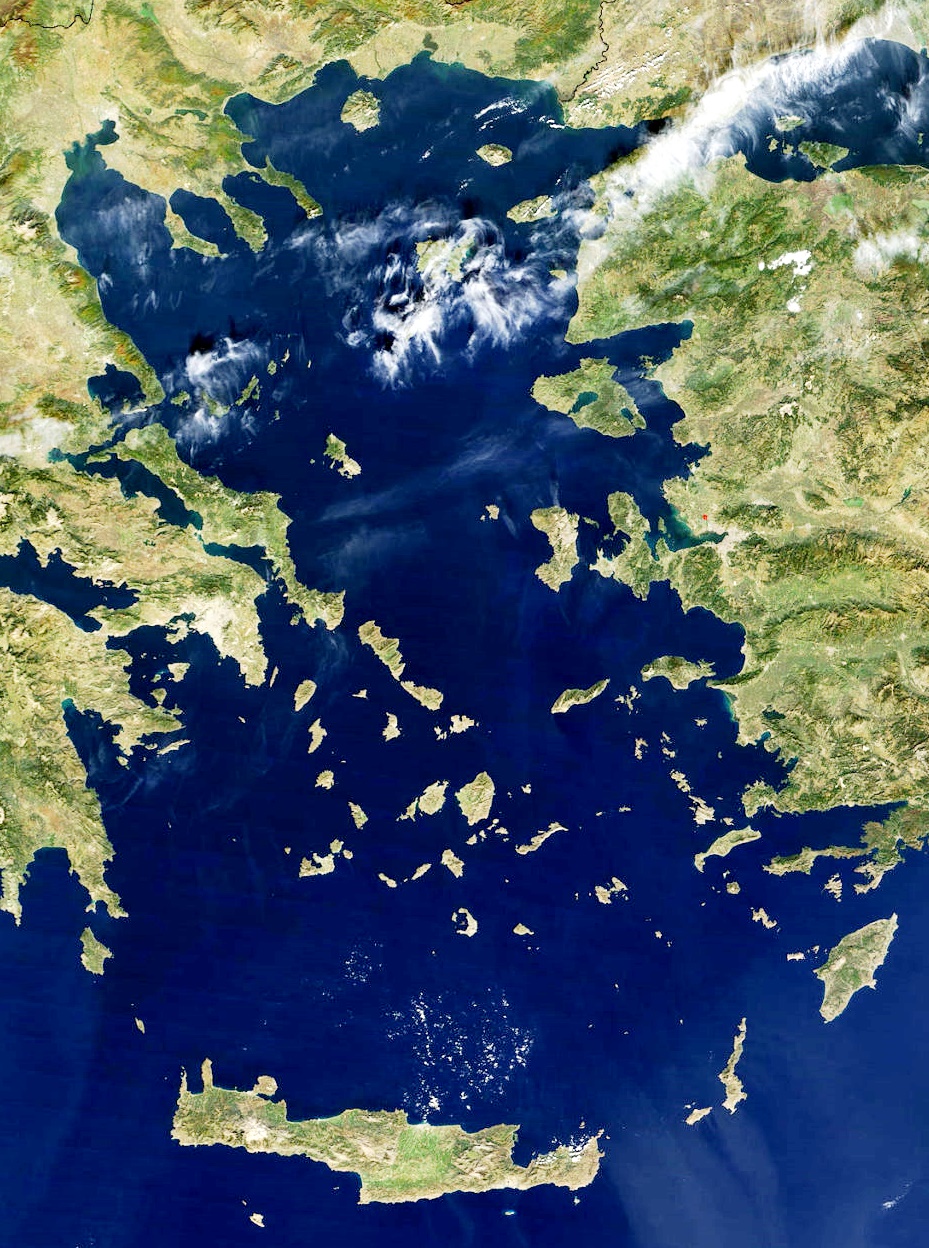|
Fora Islet
Fora Islet (Portuguese: ("outer islet")) is an uninhabited Portuguese island in the Atlantic Ocean, forming part of the Savage Islands, a dependant archipelago of the autonomous region of Madeira. It lies about 300 kilometres from Madeira and 160 kilometres north of the Canary Islands. The islet () has an area of 8 hectares and a maximum altitude of 18 metres. The island is part of a nature reserve and is home to a variety of petrels, Cory's shearwater being one of the dominant species. The climate is dry and there is very little soil. In 19th-century English literature, the island was called the 'Little Piton'.Burton, Richard F., ''To the Gold Coast for Gold'', 1883, See also *List of islands of Portugal This is a list of Islands of Portugal, including islets (Portuguese: ilhéu or ilhote). The islands (Portuguese: Ilha) are listed by region.Coordinates come from articles or GeoNames, unless otherwise specified. Continental Portugal Algarve Re ... References {{Port ... [...More Info...] [...Related Items...] OR: [Wikipedia] [Google] [Baidu] |
Selvagem Pequena Island
Selvagem Pequena Island () is an island in the southeast group of the Savage Islands, Madeira, Portugal. It is the southernmost major island of Portugal (excluding islets). Its fauna and flora are well-preserved due to lack of human interference. In the 1890 book ''The Cruise of the Alerte In 1889, Edward Frederick Knight sailed to Trindade in a 64-foot yawl named the ''Alerte''. He wrote the book ''The Cruise of the Alerte'' about his journey with detailed descriptions of Trindade. Arthur Ransome used the descriptions from Kn ...'', the island was called the 'Great Piton'. It has an active lighthouse. [...More Info...] [...Related Items...] OR: [Wikipedia] [Google] [Baidu] |
Regions Of Portugal
Administratively, Portugal is ''de jure'' unitary and decentralized state. Nonetheless, operationally, it is a highly centralized system with administrative divisions organized into three tiers.Carlos Nuno Silva (2002), p.5 The State is organized under the principles of subsidiarity, local government autonomy, and democratic decentralization of the public service. The government structure is based on the 1976 Constitution, adopted after the 1974 Carnation Revolution. In addition to defining the status of the autonomous regions ( pt, regiões autónomas) Azores and Madeira (Articles 225-234), the Constitution specifically identifies the three tiers of government (Article 235-262): civil parishes (''freguesias''), municipalities (''municípios'') and administrative regions (). In addition, the Portuguese territory was redefined during European integration, under a system of statistical regions and subregions known as Nomenclature of Territorial Units for Statistics. These NUTS d ... [...More Info...] [...Related Items...] OR: [Wikipedia] [Google] [Baidu] |
Islands Of Portugal
An island or isle is a piece of subcontinental land completely surrounded by water. Very small islands such as emergent land features on atolls can be called islets, skerries, cays or keys. An island in a river or a lake island may be called an eyot or ait, and a small island off the coast may be called a holm. Sedimentary islands in the Ganges Delta are called chars. A grouping of geographically or geologically related islands, such as the Philippines, is referred to as an archipelago. There are two main types of islands in the sea: continental islands and oceanic islands. There are also artificial islands (man-made islands). There are about 900,000 official islands in the world. This number consists of all the officially-reported islands of each country. The total number of islands in the world is unknown. There may be hundreds of thousands of tiny islands that are unknown and uncounted. The number of sea islands in the world is estimated to be more than 200,000. The ... [...More Info...] [...Related Items...] OR: [Wikipedia] [Google] [Baidu] |
List Of Islands Of Portugal
This is a list of Islands of Portugal, including islets (Portuguese: ilhéu or ilhote). The islands (Portuguese: Ilha) are listed by region.Coordinates come from articles or GeoNames, unless otherwise specified. Continental Portugal Algarve Region Islands in the Algarve Region include: * Ilhéu do Alcorão, * Ilhéu das Alturas, * Armona, * Barreta, * Barro * Ilha de Cabanas, * Cacela, * Cacela da Abóbora * Ilhote dos Cavalos, * Ilhote da Cobra, * Coco, * Ilhote da Cruz, * Culatra, * Geada * Ilhéu dos Gemidos, * Martinhal (Ilhotes do Martinhal), * Ilhote do Pego, * Ilhote das Ratas, * Tavira, Alentejo Region The islands in the Alentejo Region include: * Ariana * Azenha Brava * Bacelos * Bacelos Pequena * Cascalheira * Freixial * Juromenha * Lebre * Lezíria Internacional * Perceveira * Pessegueiro, * Moinho * Monte Branco * Palmeira * Palmeira Pequena * Safra * São Brás Central Region Islands in the Central Region include: * A Nov ... [...More Info...] [...Related Items...] OR: [Wikipedia] [Google] [Baidu] |
Cory's Shearwater
Cory's shearwater (''Calonectris borealis'') is a large shearwater in the seabird family Procellariidae. It breeds colonially of rocky islands in the eastern Atlantic. Outside the breeding season it ranges widely in the Atlantic. It was formerly considered to be conspecific with Scopoli's shearwater. Taxonomy Cory's shearwater was formally described in 1881 by the American ornithologist Charles B. Cory from a specimen collected off Chatham Island, Massachusetts. He coined the binomial name ''Puffinus borealis''. Cory's shearwater is now placed in the genus '' Calonectris'' that was introduced in 1915 by the ornithologists Gregory Mathews and Tom Iredale. The genus name combines the Ancient Greek ''kalos'' meaning "good" or "noble" with the genus name ''Nectris'' that was used for shearwaters by the German naturalist Heinrich Kuhl in 1820. The name ''Nectris'' comes from the Ancient Greek ''nēktris'' meaning "swimmer". The specific epithet ''borealis'' is Latin and means "north ... [...More Info...] [...Related Items...] OR: [Wikipedia] [Google] [Baidu] |
Petrel
Petrels are tube-nosed seabirds in the bird order Procellariiformes. Description The common name does not indicate relationship beyond that point, as "petrels" occur in three of the four families within that group (all except the albatross family, Diomedeidae). Having a fossil record that was assumed to extend back at least 60 million years, the Procellariiformes was long considered to be among the older bird groupings, other than the ratites, with presumably distant ties to penguins and loons. However, recent research and fossil finds such as '' Vegavis'' show that the Galliformes (pheasants, grouse and relatives), and Anseriformes (ducks, geese) are still not fully resolved. Known species All the members of the order are exclusively pelagic in distribution—returning to land only to breed. The family Procellariidae is the main radiation of medium-sized true petrels, characterised by united nostrils with medium septum, and a long outer functional primary feather. It ... [...More Info...] [...Related Items...] OR: [Wikipedia] [Google] [Baidu] |
Canary Islands
The Canary Islands (; es, Canarias, ), also known informally as the Canaries, are a Spanish autonomous community and archipelago in the Atlantic Ocean, in Macaronesia. At their closest point to the African mainland, they are west of Morocco. They are the southernmost of the autonomous communities of Spain. The islands have a population of 2.2 million people and they are the most populous special territory of the European Union. The seven main islands are (from largest to smallest in area) Tenerife, Fuerteventura, Gran Canaria, Lanzarote, La Palma, La Gomera, and El Hierro. The archipelago includes many smaller islands and islets, including La Graciosa, Alegranza, Isla de Lobos, Montaña Clara, Roque del Oeste, and Roque del Este. It also includes a number of rocks, including those of Salmor, Fasnia, Bonanza, Garachico, and Anaga. In ancient times, the island chain was often referred to as "the Fortunate Isles". The Canary Islands are the southernmost regio ... [...More Info...] [...Related Items...] OR: [Wikipedia] [Google] [Baidu] |
Madeira
) , anthem = ( en, "Anthem of the Autonomous Region of Madeira") , song_type = Regional anthem , image_map=EU-Portugal_with_Madeira_circled.svg , map_alt=Location of Madeira , map_caption=Location of Madeira , subdivision_type=Sovereign state , subdivision_name=Portugal , established_title= Discovery , established_date=1418-1419 , established_title2=Settlement , established_date2=c. 1425 , established_title3=Autonomous status , established_date3=30 April 1976 , named_for = en, wood ( pt, madeira) , official_languages= Portuguese , demonym= en, Madeiran ( pt, Madeirense) , capital = Funchal , government_type= Autonomous Region , leader_title1=Representative of the Republic , leader_name1=Irineu Barreto , leader_title2= President of the Regional Government of Madeira , leader_name2= Miguel Albuquerque , leader_title3=President of the Legislative Assembly , leader_name3=José Manuel Rodrigues , legislature= Legislative Assembly , national_representation=Nat ... [...More Info...] [...Related Items...] OR: [Wikipedia] [Google] [Baidu] |
Archipelago
An archipelago ( ), sometimes called an island group or island chain, is a chain, cluster, or collection of islands, or sometimes a sea containing a small number of scattered islands. Examples of archipelagos include: the Indonesian Archipelago, the Aleutian Islands, the Lakshadweep Islands, the Galápagos Islands, the Japanese archipelago, the Philippine Archipelago, the Maldives, the Balearic Islands, the Åland Islands, The Bahamas, the Aegean Islands, the Hawaiian Islands, the Canary Islands, Malta, the Azores, the Canadian Arctic Archipelago, the British Isles, the islands of the Archipelago Sea, and Shetland. Archipelagos are sometimes defined by political boundaries. For example, while they are geopolitically divided, the San Juan Islands and Gulf Islands geologically form part of a larger Gulf Archipelago. Etymology The word ''archipelago'' is derived from the Ancient Greek ἄρχι-(''arkhi-'', "chief") and πέλαγος (''pélagos'', "sea") thr ... [...More Info...] [...Related Items...] OR: [Wikipedia] [Google] [Baidu] |
Savage Islands
The Savage Islands or Selvagens Islands ( pt, Ilhas Selvagens ; also known as the Salvage Islands) are a small Portuguese archipelago in the North Atlantic Ocean, south of Madeira, and north of the Canary Islands.30,000), white-faced storm-petrel (>80,000), Bulwer's petrel (approximately 4000), North Atlantic little shearwater (1400), Madeiran storm-petrel (1500), yellow-legged gull (50), common tern (>60), roseate tern (<5) and Berthelot's pipit (the only resident bird species); which are subjects of annual scientific expeditions. Many of these species are vulnerable to other local predator bird species, like the yellow-legged gull, which will consume both eggs and chicks (the white-faced storm-petrel and [...More Info...] [...Related Items...] OR: [Wikipedia] [Google] [Baidu] |
Island
An island or isle is a piece of subcontinental land completely surrounded by water. Very small islands such as emergent land features on atolls can be called islets, skerries, cays or keys. An island in a river or a lake island may be called an eyot or ait, and a small island off the coast may be called a holm. Sedimentary islands in the Ganges Delta are called chars. A grouping of geographically or geologically related islands, such as the Philippines, is referred to as an archipelago. There are two main types of islands in the sea: continental islands and oceanic islands. There are also artificial islands (man-made islands). There are about 900,000 official islands in the world. This number consists of all the officially-reported islands of each country. The total number of islands in the world is unknown. There may be hundreds of thousands of tiny islands that are unknown and uncounted. The number of sea islands in the world is estimated to be more than 200,000. ... [...More Info...] [...Related Items...] OR: [Wikipedia] [Google] [Baidu] |
Portuguese People
The Portuguese people () are a Romance nation and ethnic group indigenous to Portugal who share a common culture, ancestry and language. The Portuguese people's heritage largely derives from the pre-Celts, Proto-Celts ( Lusitanians, Conii) and Celts ( Gallaecians, Turduli and Celtici), who were Romanized after the conquest of the region by the ancient Romans. A small number of male lineages descend from Germanic tribes who arrived after the Roman period as ruling elites, including the Suebi, Buri, Hasdingi Vandals, Visigoths with the highest incidence occurring in northern and central Portugal. The pastoral Caucasus' Alans left small traces in a few central-southern areas. Finally, the Umayyad conquest of Iberia also left Jewish, Moorish and Saqaliba genetic contributions, particularly in the south of the country. The Roman Republic conquered the Iberian Peninsula during the 2nd and 1st centuries B.C. from the extensive maritime empire of Carthage during the s ... [...More Info...] [...Related Items...] OR: [Wikipedia] [Google] [Baidu] |







